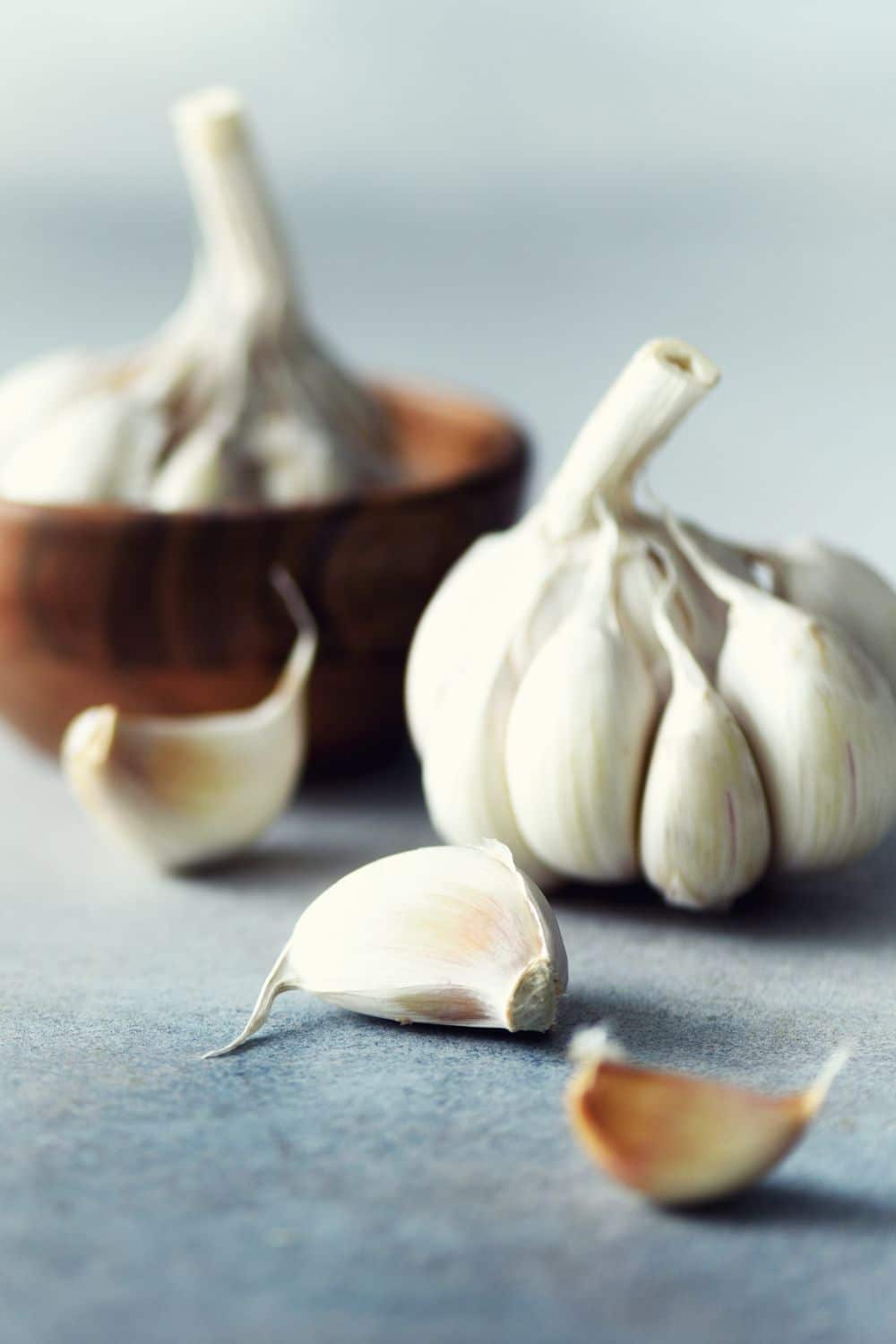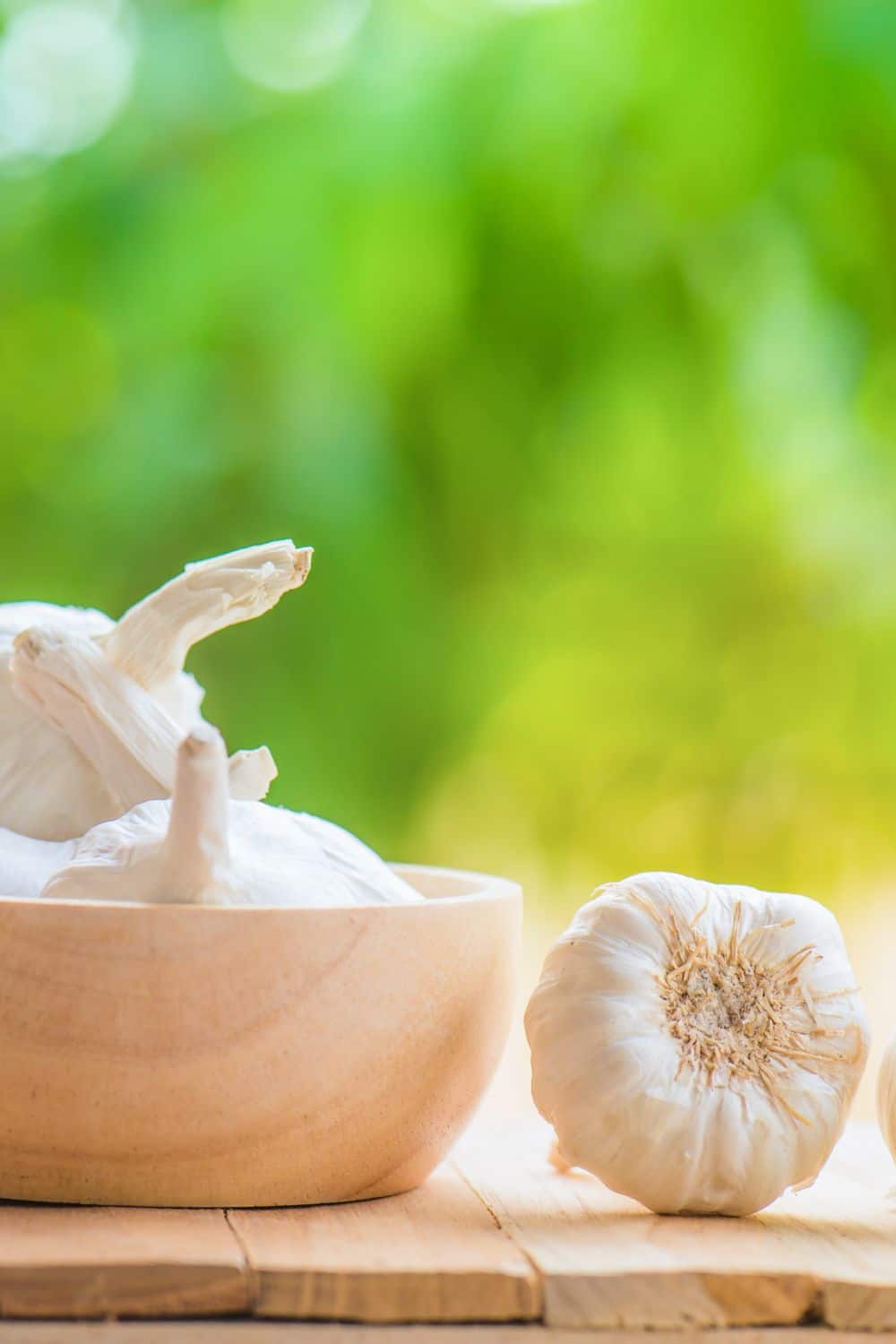Garlic is a favorite in many dishes but what have the Attitudes Towards Garlic In History been? Read on to find out more about the history of this favorite vegetable.

Attitudes Towards Garlic In History
Garlic has been used as food and medicine for thousands of years. In this article, we look at how some of the societies that came before us thought of the allium bulb. The powerful and versatile plant is truly enshrined in many traditional medical and culinary cultures.
Ancient Greece
Many ancient Greeks associated garlic with strength. Well-preserved garlic has been found in the ruins of the palace of Knossos in Crete. The Greeks were not entirely wrong – garlic does contain compounds that contribute toward strength maintenance. Fresh garlic, bulk garlic powder, and garlic-infused oils all give this benefit if consumed regularly. Garlic was an important part of the soldierly diet of the ancient warrior. There is some evidence that Olympians ate garlic before taking part in the Ancient games – just as some athletes still do today.
Ancient Rome
The Romans inherited a deep appreciation for the strength-giving properties of garlic from the Greeks. They formalized understanding of its health benefits and made eating garlic a mandatory activity for soldiers out on campaign in their vast and ever-expanding Imperial frontiers. Garlic was prescribed by Roman physicians for the treatment of animal bites. This makes sense, as we now know that the plant has antimicrobial properties.
Ancient India
One of the earliest surviving Indian medical texts – the Charaka Samhita – recommends the use of garlic for heart disease and arthritis. We now know that garlic can play a role in heart and joint health, which makes the fact that Indian scholars suggested its use over 2000 years ago an absolutely fascinating thing. Garlic was suggested for use in all three of the major ancient Indian medical traditions. People in the West only learned of these medical traditions after the expansion of the empire, but Indian scholars had been putting garlic to use long before the arrival of the European powers.
The Middle Ages
European nobles considered garlic to be a lowly vegetable in the Middle Ages. The peasantry, however, was well-versed in the use of garlic to prevent illness and treat ailments. Go to your local wise woman with a problem in rural England before the reformation of the church and she would likely add garlic to the list of ingredients that you needed to procure.
The Early Modern Period The early modern period was a time of great scientific and intellectual advancement. This explosive era is often referred to as the Renaissance – although that word is best used to describe a movement towards humanist relationships with nature and art in some parts of Europe. During this period, renewed attention was given to the development of medicine and the use of medicinal plants. Physic – or botanical – gardens were established at major European universities. These gardens were created with the intention of growing and cultivating plants for their medicinal or experimental use. One of the best preserved of these gardens is in Oxford. During this period, wealthy people began to experiment with the garlic remedies that had, up until that point, been the preserve of the agricultural working classes.

Leave A Reply!